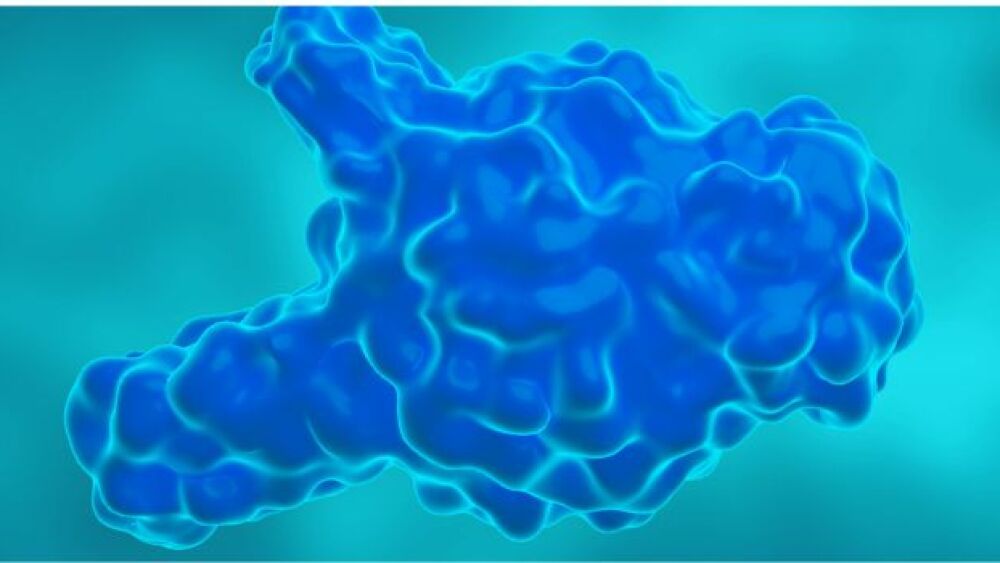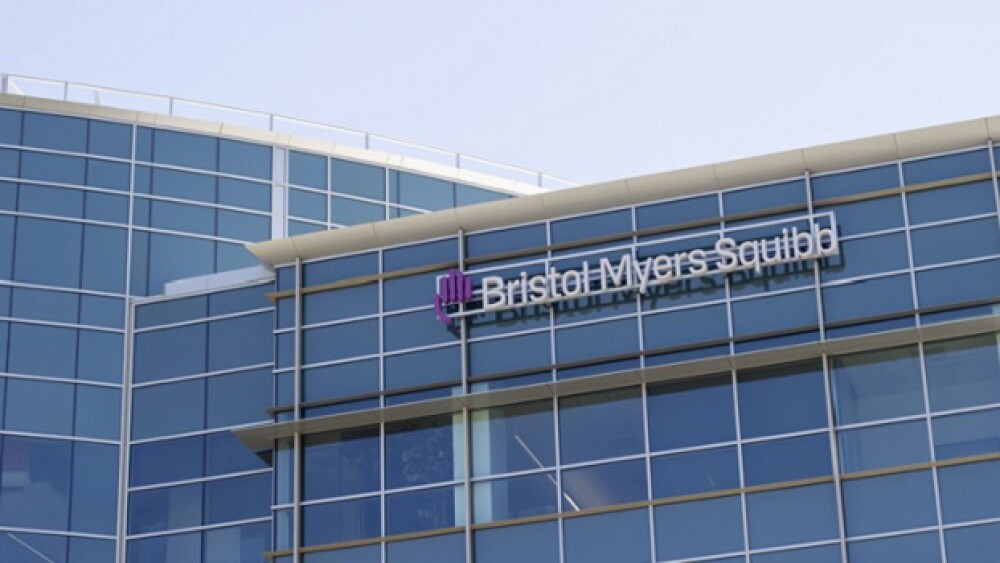? These results and data from Phase IIIb GREEN study to be presented at the 57th American
Society of Hematology (ASH) Annual Meeting from December 5-8 in Orlando, Florida
Roche (SIX: RO, ROG; OTCQX: RHHBY) today announced updated data from the pivotal CLL11 study confirming that Gazyva®/Gazyvaro® (obinutuzumab) plus chlorambucil reduced the risk of disease worsening or death by more than half compared to MabThera®/Rituxan® (rituximab) plus chlorambucil (progressionfree survival, PFS; HR=0.46, median PFS 28.7 months versus 15.7 months; p<0.0001). New results to be presented at the American Society of Hematology (ASH) Annual Meeting from a secondary endpoint that measured time to next treatment (TTNT) showed that, after completing the set six-month Gazyva/Gazyvaro regimen, people remained treatment-free for nearly four years on average before needing the next treatment for their cancer (TTNT; 51.1 months, including the six month initial treatment period). No unexpected safety signals were observed with Gazyva/Gazyvaro.
“These updated CLL11 data confirmed that Gazyva/Gazyvaro helped people with previously untreated chronic lymphocytic leukaemia live significantly longer without disease worsening or death compared to MabThera/Rituxan,” said Sandra Horning, MD, Chief Medical Officer and Head of Global Product Development. “After a fixed course of therapy with Gazyva/Gazyvaro, people remained treatment-free for nearly four years on average. Time free from treatment is an important consideration for a disease like CLL, which occurs in older adults who frequently have other health issues. ”
In the GREEN safety study, data from a subgroup analysis showed there were no unexpected safety signals when Gazyva/Gazyvaro was combined with bendamustine. In addition, nearly 80 percent of people responded to treatment with Gazyva/Gazyvaro plus bendamustine (overall response, ORR), and a third of people (32.3 percent) achieved a complete response (CR). A substantial number of people were also minimal residual disease (MRD) negative when measured in the bone marrow or blood (28 percent and 59 percent, respectively), which means no cancer can be detected using a specific test. Overall response rate and MRD were secondary endpoints of the study.
Gazyva/Gazyvaro in combination with chlorambucil is approved in the United States for use in people with previously untreated CLL and in the EU for use in people with previously untreated CLL who have comorbidities making them unsuitable for an intensive therapy (full-dose fludarabine based therapy).
About the CLL11 study
CLL11 is a Phase III, multicentre, open-label, randomised three-arm study investigating the efficacy and safety profile of Gazyva/Gazyvaro plus chlorambucil, MabThera/Rituxan plus chlorambucil and chlorambucil alone in 781 people with previously untreated CLL. Stage 1a (n=589) compared Gazyva/Gazyvaro plus chlorambucil to chlorambucil alone and MabThera/Rituxan plus chlorambucil to chlorambucil alone. Stage 2 (n=663) compared Gazyva/Gazyvaro plus chlorambucil with MabThera/Rituxan plus chlorambucil.
The primary endpoint of the study was PFS and secondary endpoints included overall response rate (ORR), overall survival (OS), complete response rate (CR), response duration, disease free survival (DFS), time to next treatment (TTNT), minimal residual disease (MRD) negativity and safety profile.
Roche (SIX: RO, ROG; OTCQX: RHHBY) today announced updated data from the pivotal CLL11 study confirming that Gazyva®/Gazyvaro® (obinutuzumab) plus chlorambucil reduced the risk of disease worsening or death by more than half compared to MabThera®/Rituxan® (rituximab) plus chlorambucil (progressionfree survival, PFS; HR=0.46, median PFS 28.7 months versus 15.7 months; p<0.0001). New results to be presented at the American Society of Hematology (ASH) Annual Meeting from a secondary endpoint that measured time to next treatment (TTNT) showed that, after completing the set six-month Gazyva/Gazyvaro regimen, people remained treatment-free for nearly four years on average before needing the next treatment for their cancer (TTNT; 51.1 months, including the six month initial treatment period). No unexpected safety signals were observed with Gazyva/Gazyvaro.
“These updated CLL11 data confirmed that Gazyva/Gazyvaro helped people with previously untreated chronic lymphocytic leukaemia live significantly longer without disease worsening or death compared to MabThera/Rituxan,” said Sandra Horning, MD, Chief Medical Officer and Head of Global Product Development. “After a fixed course of therapy with Gazyva/Gazyvaro, people remained treatment-free for nearly four years on average. Time free from treatment is an important consideration for a disease like CLL, which occurs in older adults who frequently have other health issues. ”
In the GREEN safety study, data from a subgroup analysis showed there were no unexpected safety signals when Gazyva/Gazyvaro was combined with bendamustine. In addition, nearly 80 percent of people responded to treatment with Gazyva/Gazyvaro plus bendamustine (overall response, ORR), and a third of people (32.3 percent) achieved a complete response (CR). A substantial number of people were also minimal residual disease (MRD) negative when measured in the bone marrow or blood (28 percent and 59 percent, respectively), which means no cancer can be detected using a specific test. Overall response rate and MRD were secondary endpoints of the study.
Gazyva/Gazyvaro in combination with chlorambucil is approved in the United States for use in people with previously untreated CLL and in the EU for use in people with previously untreated CLL who have comorbidities making them unsuitable for an intensive therapy (full-dose fludarabine based therapy).
About the CLL11 study
CLL11 is a Phase III, multicentre, open-label, randomised three-arm study investigating the efficacy and safety profile of Gazyva/Gazyvaro plus chlorambucil, MabThera/Rituxan plus chlorambucil and chlorambucil alone in 781 people with previously untreated CLL. Stage 1a (n=589) compared Gazyva/Gazyvaro plus chlorambucil to chlorambucil alone and MabThera/Rituxan plus chlorambucil to chlorambucil alone. Stage 2 (n=663) compared Gazyva/Gazyvaro plus chlorambucil with MabThera/Rituxan plus chlorambucil.
The primary endpoint of the study was PFS and secondary endpoints included overall response rate (ORR), overall survival (OS), complete response rate (CR), response duration, disease free survival (DFS), time to next treatment (TTNT), minimal residual disease (MRD) negativity and safety profile.




